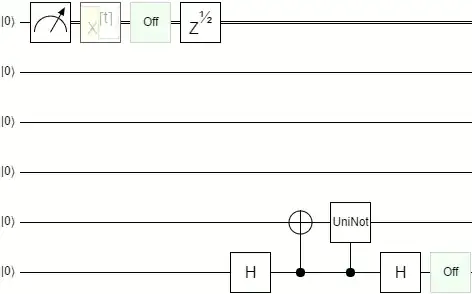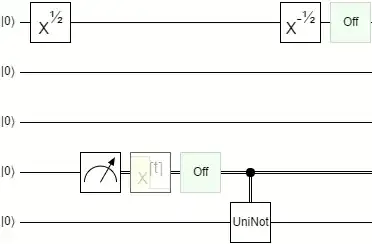The universal-NOT gate in quantum computing is an operation which maps every point on the Bloch sphere to its antipodal point (see Buzek et al, Phys. Rev. A 60, R2626–R2629). In general, a single qubit quantum state, $|\phi\rangle = \alpha |0\rangle + \beta | 1 \rangle$ will be mapped to $\beta^* |0\rangle - \alpha^*| 1 \rangle$. This operation is not unitary (in fact it is anti-unitary) and so is not something that can be implemented deterministically on a quantum computer.
Optimal approximations to such gates drew quite a lot of interest about 10 years ago (see for example this Nature paper which presents an experimental realization of an optimal approximation).
What has been puzzling me, and what I cannot find in any of the introductions to these papers, is why one would ever want such a gate. Is it actually useful for anything? Moreover, why would one want an approximation, when there are other representations of $SU(2)$ for which there is a unitary operator which anti-commutes with all of the generators?
This question may seem vague, but I believe it has a concrete answer. There presumable is one or more strong reasons why we might want such an operator, and I am simply not seeing them (or finding them). If anyone could enlighten me, it would be much appreciated.


